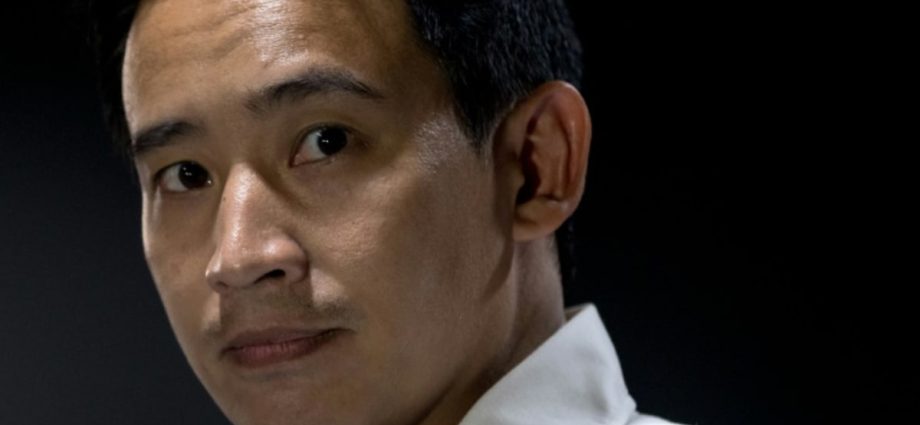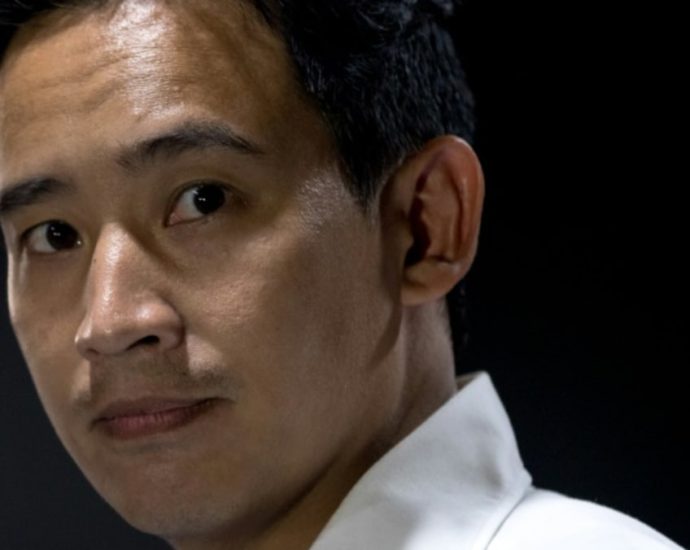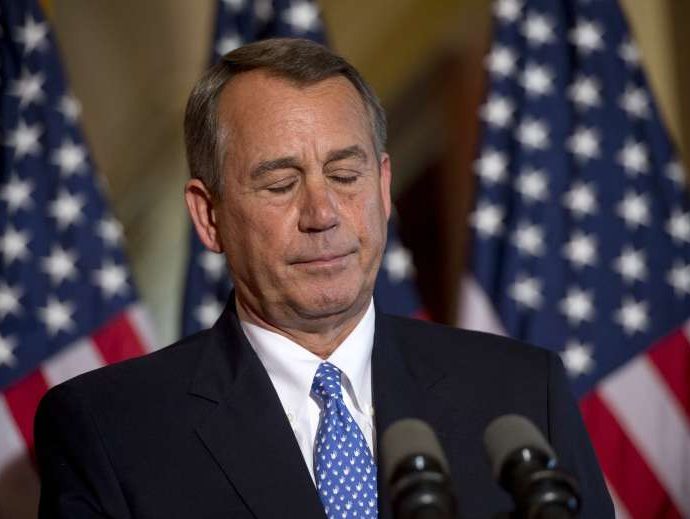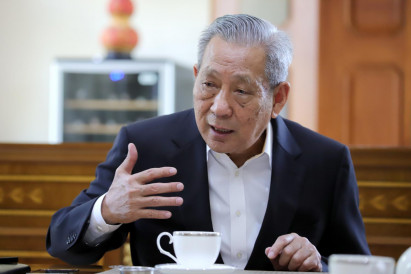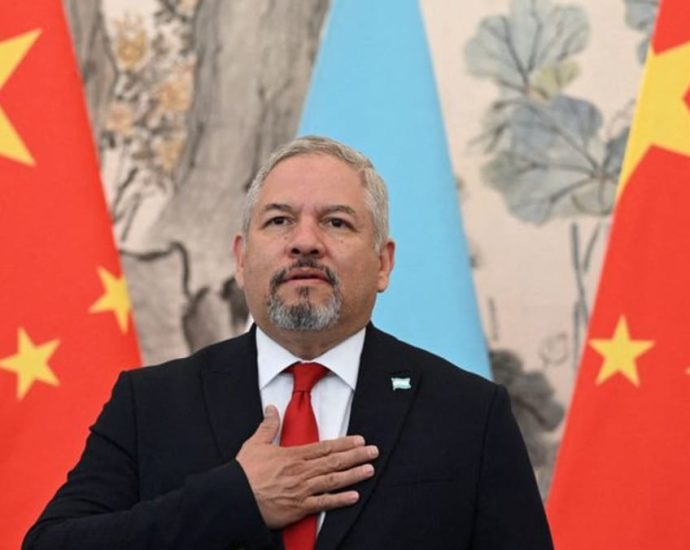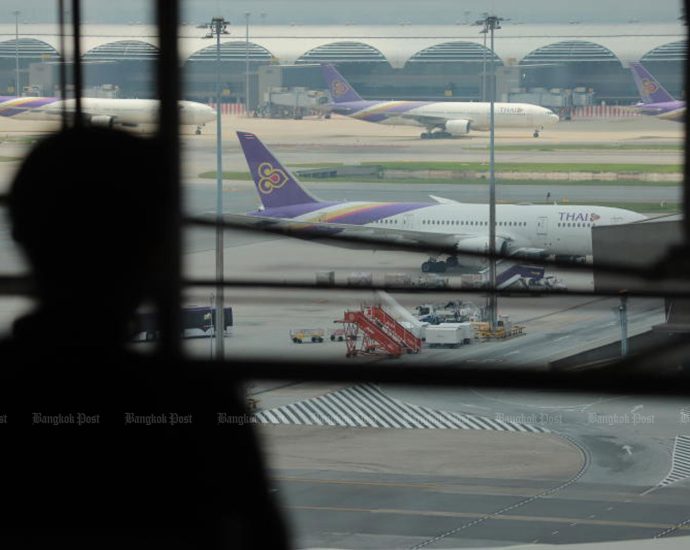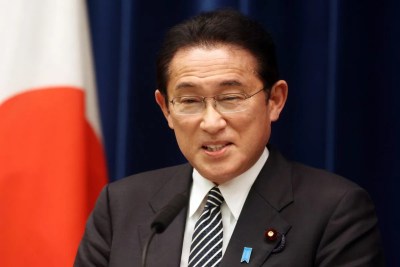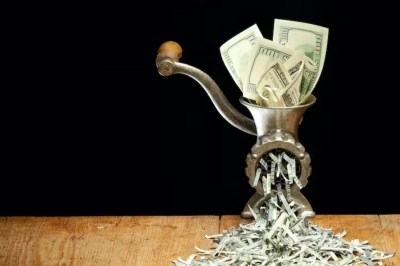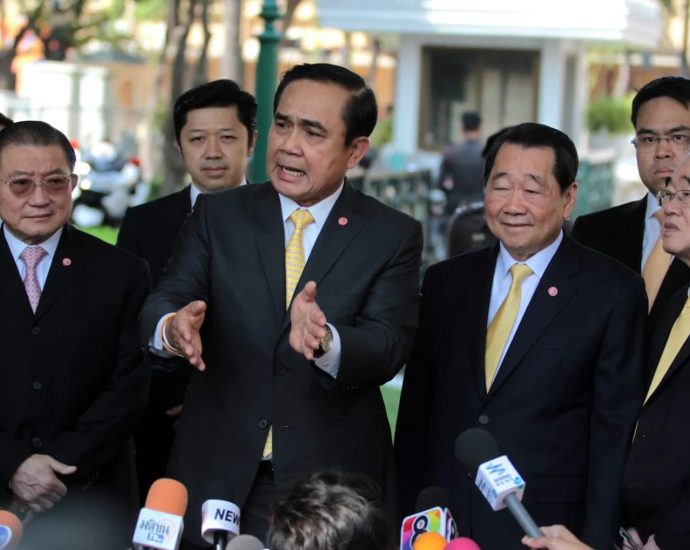Pita Limjaroenrat: Leading Thailand’s political earthquake
BANGKOK: Few tipped him seriously as a likely prime minister, but Thai opposition leader Pita Limjaroenrat looks set to play a major role after voters rejected almost a decade of army-backed rule. With most of the votes from Sunday’s polls counted, Pita’s radical Move Forward Party was leading the popularContinue Reading

